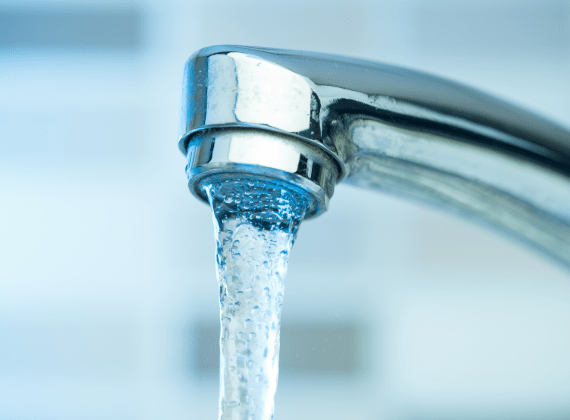

Water Softener Installation

How to Install a Water Softener
The best way to install a water softener is to have a qualified installer do it for you. This is because there are clear regulations around the water softener installation that should be followed; all of our installers are trained, experienced, and compliant with WRAS guidelines.
The process itself is relatively simple (when you know how). The water softener is a unit that fits under your sink and softens your water as it enters your home. This means we do cut into your pipes to install it, but this is easily reversed should you wish to move home and take your water softener with you.
Choose location
The softener should be fitted close to your mains inlet, before the water heater, and near a drain. Our Harvey experts find the best spot for optimal water treatment.
Turn off water supply
Fit isolation and bypass valves
Connect the unit & drainage
Program the system
From setting water hardness levels to scheduling regeneration, we’ll configure everything to match your home’s needs.
Add salt & test
Once the salt is added, we test the flow, check for leaks, and confirm your softener is working perfectly, so you don’t have to worry about a thing.

Water Softener Installation: Moving Homes
Once you have your water softener installed, you’re going to love all the benefits it brings. So it makes sense that you’d want to take it with you if you move home.
When moving you can isolate your installed water softener from the mains supply to disconnect it. Please contact our team for help.
Before reinstalling, an assessment of your new home’s water supply will be needed. We recommend getting in touch and we will be happy to help. If you’ve moved outside our area, we’ll be happy to advise you on which other dealers can reinstall your water softener.
Your new home must have its own water supply for your Harvey Water Softener installation to be carried out correctly. This is because the water supply to only your property needs to be turned off during the fitting.

Water Softener Installation: Bypass Taps
A water softener installation is usually accompanied by a drinking water filter tap. This tap bypasses the water softener, meaning you are able to choose to drink non-softened water from that tap if you prefer.
The bypass tap is installed at your kitchen sink. You can choose from a range of styles to suit your kitchen, and the bypass tap can also include a water filter to filter your water at the source.

WRAS Water Softener Installation Guidelines
For many years there was considerable confusion with the interpretation of the regulations around water softener installation, in particular, drinking softened water and the provision of separate drinking water taps.
To clarify the situation, Harvey Water Softeners was instrumental in working with the Water Regulations Advisory Scheme (WRAS) to provide a document that could be understood by an installer.
A copy of this document can be obtained from our office by calling 01483 753404. Our qualified plumbers offer a complete installation service of our water softeners according to these guidelines. To find out more, request a quote.
Plumbing in a Water Softener involves connecting it to your mains supply with a bypass valve and drainage line for regeneration. Harvey’s expert installation service ensures it's fitted correctly and in line with UK regulations.
Harvey water softeners are typically installed at your home’s main water supply inlet, usually near the water meter or where the mains pipe enters your property. This ensures all the water entering your home is softened for optimal protection and efficiency.
While some handy homeowners might manage installation, Harvey Water Softeners recommend professional installation to ensure correct setup, avoid leaks, and maintain your warranty.
Water softeners require plumbing knowledge and careful setup, so while installation isn’t overly complex, it’s best handled by a professional to ensure everything runs smoothly.
Yes, a qualified plumber can install a water softener to ensure it’s set up correctly and safely.
Water softeners are typically installed indoors to protect them from weather and freezing. If outdoor installation is necessary, the unit must be housed in a weatherproof enclosure to prevent damage.
Yes, but space and plumbing access can be limiting factors. It’s best to consult with a professional to see if your flat’s setup can accommodate a water softener.
A properly installed water softener should have little to no impact on your water pressure. If you notice a drop, it might be due to incorrect installation or a need for maintenance.
Installation usually takes about 2 to 4 hours, depending on your plumbing setup and the system type.
The UK’s #1 selling Water Softener
- Stop limescale at the source and reduce your energy bills.
- Keep your appliances running and lasting longer.
- Soft on skin and hair, say goodbye to hard water irritation.
Once you submit your details, what happens next?
- Submit your details using this web form.
- We’ll contact you over the phone to understand your requirements.
- We can provide a water softener demo, either in your home, or virtually online.
- We then give you a personalised quote based on your household’s needs.
- Start enjoying the benefits of soft water.